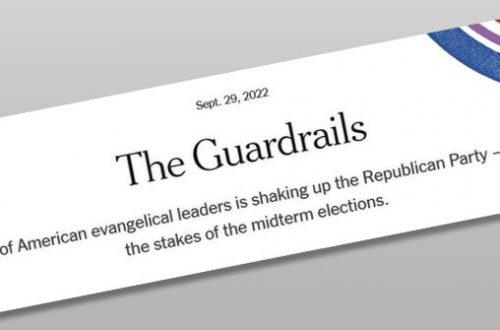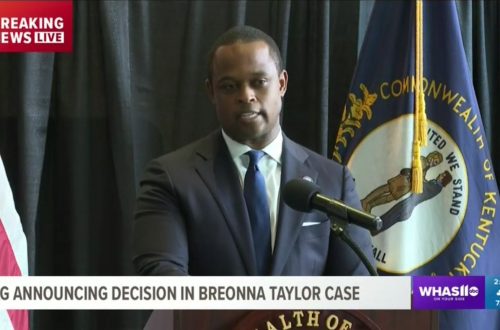 Now here is a curious way of reporting. The headline in The New York Times reads this way, “Boy Scouts to Continue Excluding Gay People.” What’s so strange about this headline? Well, for starters, it casts the Boy Scouts in a negative light, as if they’ve taken some proactive step to stick it to gay people. But that is not at all what’s happened here. The story is simply about the fact that the Boy Scouts have not changed their policy on membership vis a vis homosexuals. The policy is now what it has always been. It hasn’t changed.
Now here is a curious way of reporting. The headline in The New York Times reads this way, “Boy Scouts to Continue Excluding Gay People.” What’s so strange about this headline? Well, for starters, it casts the Boy Scouts in a negative light, as if they’ve taken some proactive step to stick it to gay people. But that is not at all what’s happened here. The story is simply about the fact that the Boy Scouts have not changed their policy on membership vis a vis homosexuals. The policy is now what it has always been. It hasn’t changed.
If the Boy Scouts haven’t changed, then why is this a story? Because the editors of The New York Times think it’s noteworthy that an organization won’t change with the times. Or perhaps more cynically, they believe that those who won’t change with the times need to be singled out for public scrutiny. Are we really at a place that newspapers have to report on groups who won’t abandon their principles in capitulation to the gay rights movement? I guess we are.
Consider the negative cast of the story. The report refers to it as the “exclusion policy” that was decided upon in “secret” and that probably contributes to “bullying” in schools. This report goes beyond “just the facts, ma’am.” It reflects a point of view, but I doubt the editors realize that.
What other groups will The New York Times be singling out for not changing their views on homosexuality? Charities? Churches? Will the Times report that the “exclusion policies” of churches also contribute to bullying?
Here’s the stated policy from the Boy Scouts of America.
The BSA policy is: “While the BSA does not proactively inquire about the sexual orientation of employees, volunteers, or members, we do not grant membership to individuals who are open or avowed homosexuals or who engage in behavior that would become a distraction to the mission of the BSA.”
Scouting believes same-sex attraction should be introduced and discussed outside of its program with parents, caregivers, or spiritual advisers, at the appropriate time and in the right setting. The vast majority of parents we serve value this right and do not sign their children up for Scouting for it to introduce or discuss, in any way, these topics.
The BSA is a voluntary, private organization that sets policies that are best for the organization. The BSA welcomes all who share its beliefs but does not criticize or condemn those who wish to follow a different path.
Read the rest of it and the related materials for yourself, and tell me if you think the Times story has a point of view on this. I think it does, and it bodes ill for any group that dares to stand on principle against the gay rights onslaught.
(HT: Alex Chediak)




3 Comments
F.A.
WIth all due respect, Denny, your criticism is itself biased. The reason it’s a story is because the Boy Scouts issued a press release describing a decision that had been made. The fact that there was a press release indicates that the Boy Scouts think this is a story, just like the editors of the New York Times.
Secondly, it is also a story because the decision went against the stated objectives of two of the organization’s board members.
Further, journalism 101 teaches that when you write a story like this, you find a critic of the decision and get their side of the story. That’s what was done here with Mr. Ferraro from GLAAD. It’s in his quote, properly attributed, that the “bullying” comment comes. Your post implies that it was stated as fact by the writer of the story. Ferraro said it, the reporter reported it and left the reader to evaluate it on its merits.
Denny Burk
I’ll grant that I may be overstating things to imply that this shouldn’t be a story. The Boy Scouts have been in the news before for these issues, so it’s at least arguable that it’s worth some coverage. Having said that, I still think it’s framed all wrong. Why even quote someone who alleges that the Boy Scouts behavior leads to bullying? Why does that marginal opinion deserve coverage as if it’s the other side of the story? The fact that such a quote is even included serves the purpose of the author.
Wade Choate
I find it rather ironic that we have now the “bully police” seated in the “bully pulpit”.